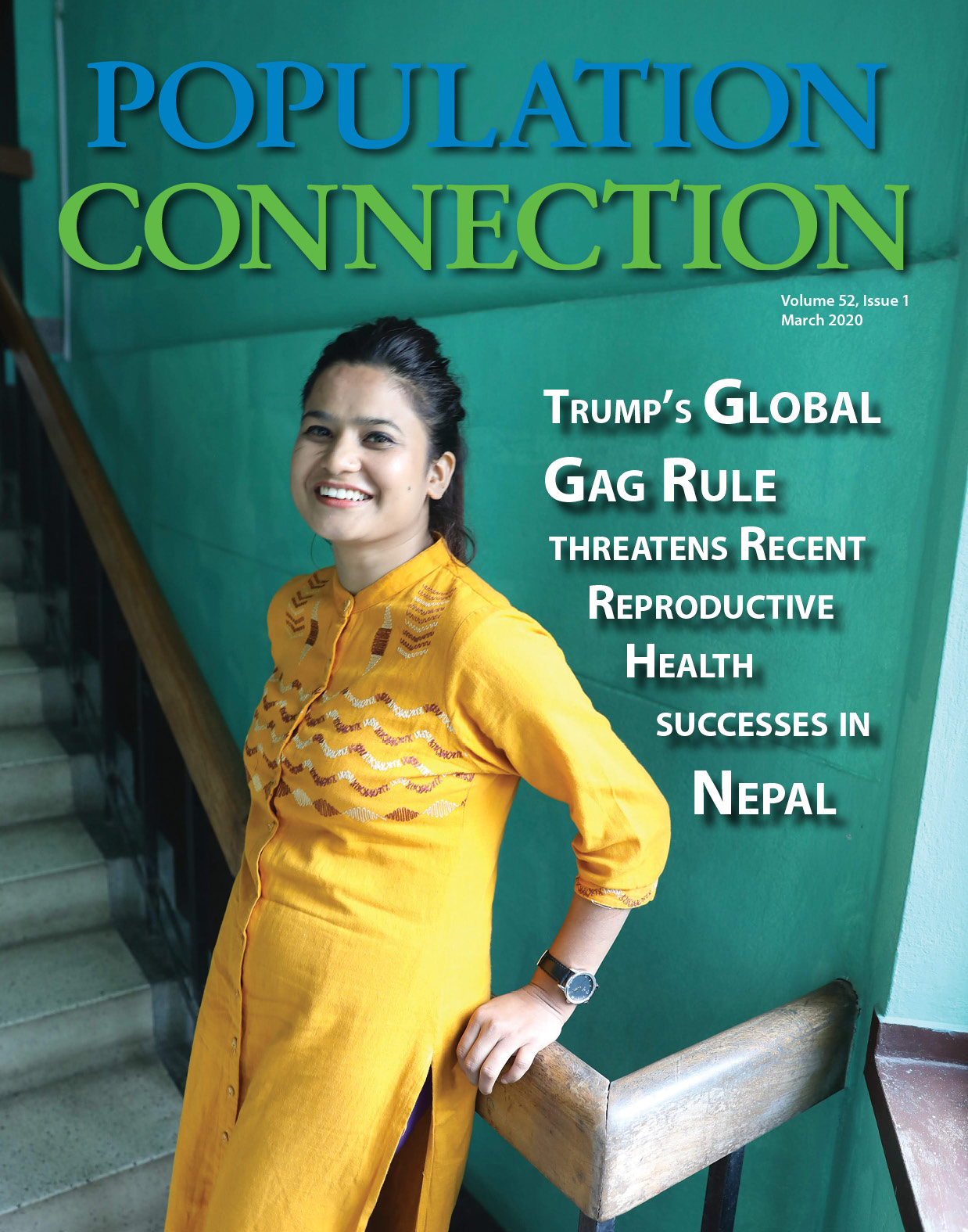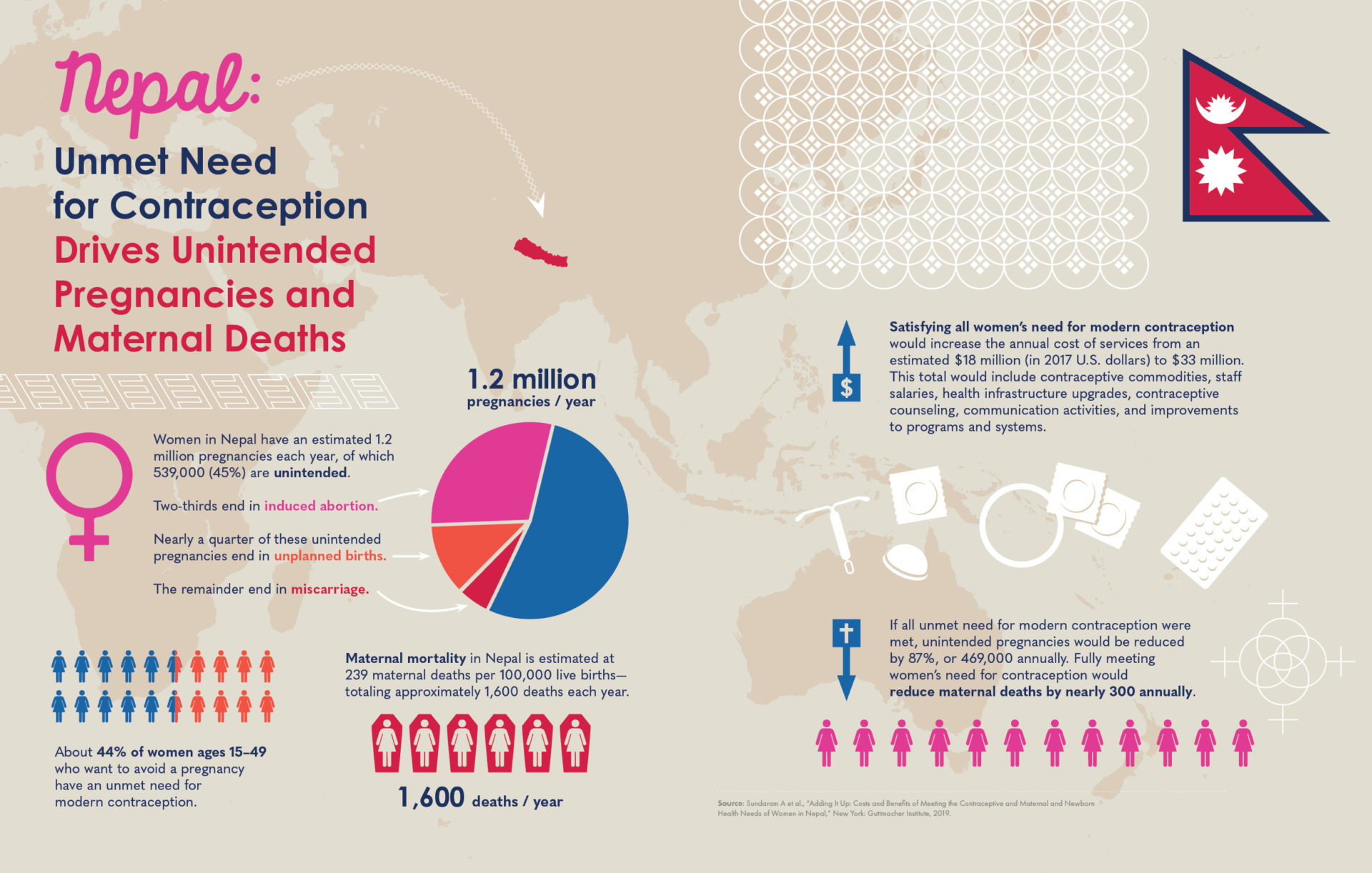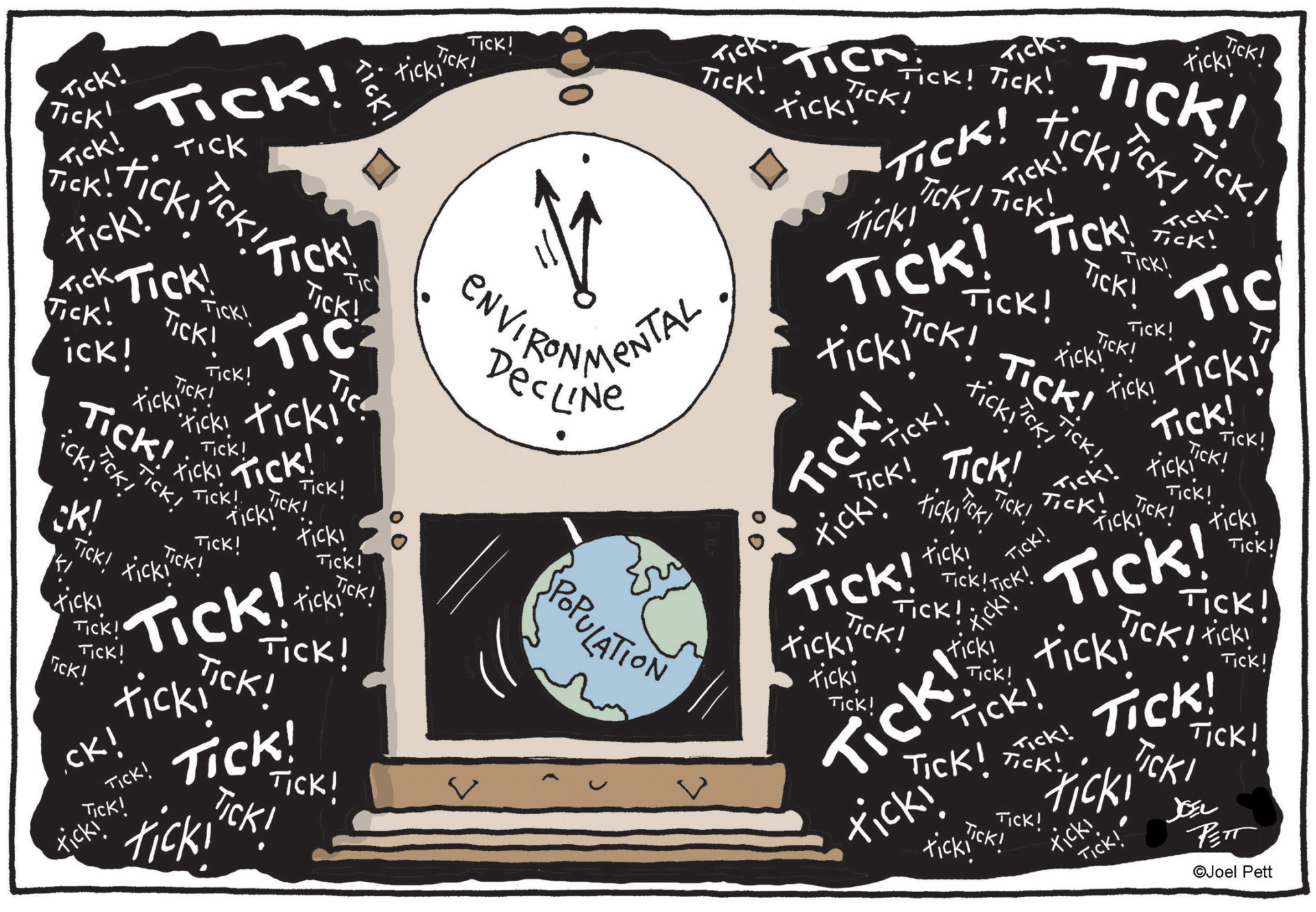
March 2020
Nearly half (44 percent) of women in Nepal have an unmet need for family planning. That is, they do not want to become pregnant in the next two years (20 percent of women with unmet need) or ever again (80 percent), but are not using modern contraception.
The government of Nepal has been increasing its family planning budget by 7 percent each year since 2015, in order to help raise the rate of contraceptive use. But Nepal is a poor country, with a per capita GDP of only $1,034. Donor assistance is critical to scaling up family planning initiatives and continuing to work toward improving reproductive health indicators.
Cover image: Babita Bist, a nurse at Family Planning Association of Nepal (FPAN), on her last day with the USAID mobile outreach program. The program was cut due to Trump’s Global Gag Rule. (Photo by Lisa J. Shannon)
Most Nepalis don’t know abortion is legal, never mind how to access it for free at government health clinics. Even if they do know, they have to get themselves to the clinic, which is no easy feat in a Himalayan nation. For many Nepali women, seeking medical care requires a multi-day trek across mountainous terrain. Lisa J. Shannon
Features
Nepal, Gagged The Nepali Women Who Deliver Birth Control by HikingDepartment Updates
Washington View Field & Outreach PopEdPhoto, right: Kabita Bhandari, a visiting service provider with the reproductive health agency Marie Stopes International, jumps from one side of a river to the other to reach the Gujar Health Post. (Laxmi Prasad Ngakhu, UNFPA Nepal)



Regular Columns
